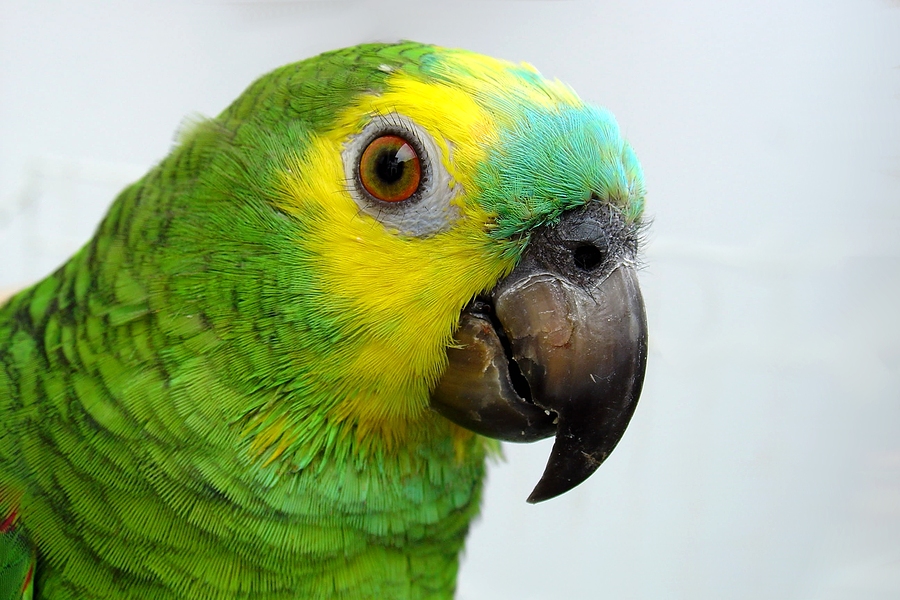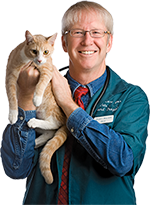We all know about the obesity epidemic in pet cats and dogs, but our feathered pets suffer from it as well. Here’s what I told a reader.
Q: My veterinarian says my bird is fat. Is that really something I need to worry about?
A: You bet! Obesity is as much an issue in pet birds as it is in dogs and cats. An overweight bird can be predisposed to metabolic diseases such as diabetes. He can also become arthritic or develop fatty liver disease.
Certain species tend to be more likely to grow tubby — Amazon parrots, parakeets, canaries, cockatoos and Quaker parakeets — but any bird can gain too much weight if he’s allowed to eat whatever he wants. Pet birds may start out on good diets but become choosy with age, deciding they are going to eat only one or two types of food.
Don’t let your bird get away with that. He’s most likely to have a balanced diet if he eats a variety of foods. A pelleted diet supplemented by healthy food from your own plate is the best way to feed him. Birds can and will eat pasta, cooked chicken, scrambled eggs, beans and most fruits and vegetables. Avian expert Scott Weldy, DVM, says that most birds do well on a diet of 70 to 80 percent pelleted food and 20 to 30 percent fresh or cooked food.
Avoid giving birds avocado, onion, mushrooms or chocolate, all of which have toxic effects. Highly salted foods are a no-no as well.
What’s the key to determining if your bird is overweight? Birds with cleavage rivaling that of a Hollywood starlet are too fat. Birds should be lean and sleek, with no cleavage at all, Dr. Weldy says. If you can’t feel your bird’s keelbone because it’s covered by a layer of fat, talk to your veterinarian about ways to help him get back to a healthy weight.
Read more, including holiday “pet-iquette” tips, in this week’s Pet Connection!


